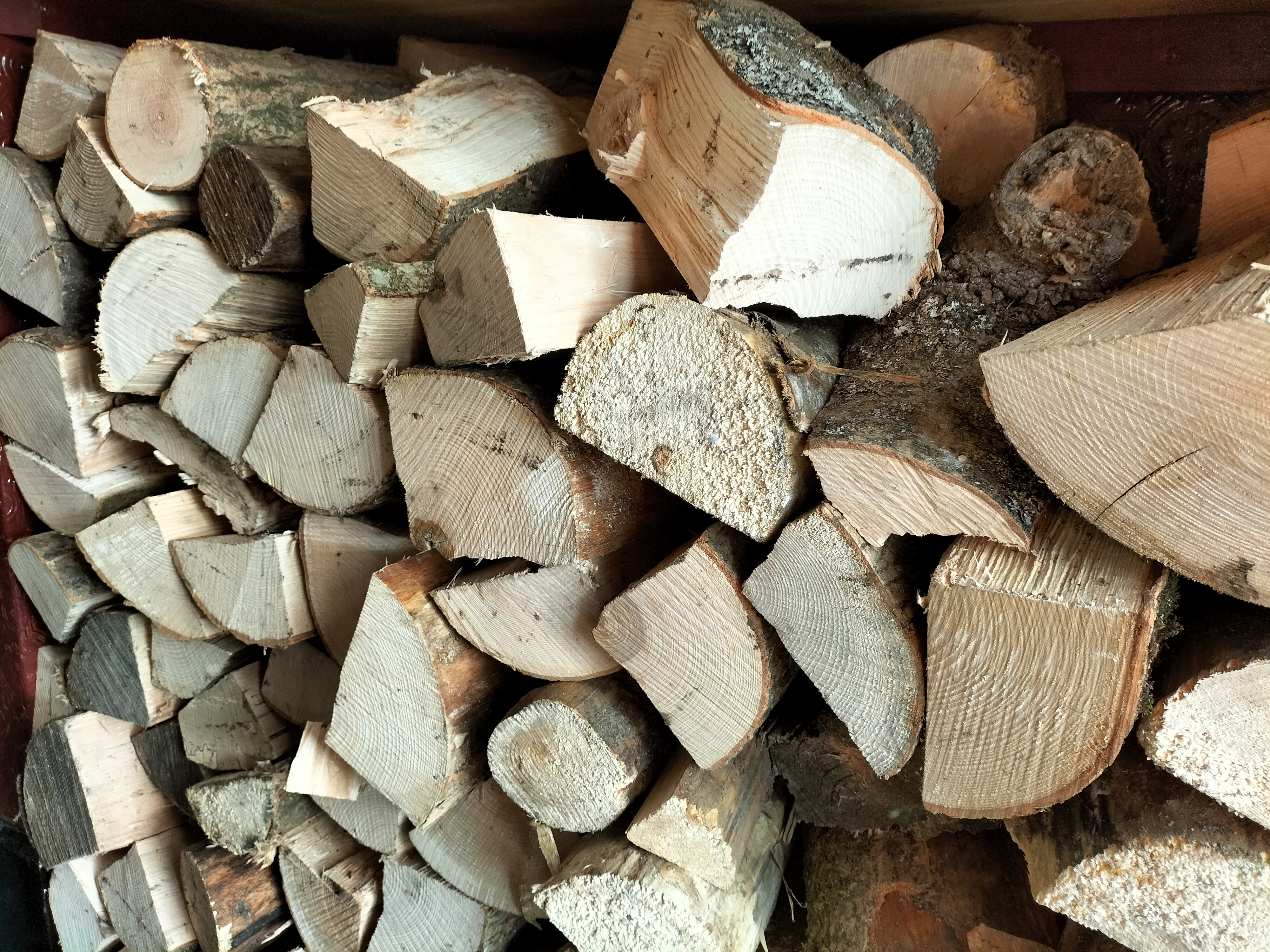Wood fibre insulation: excellent green credentials
How can buildings help with climate change?
Home insulation has hit the headlines with environmental protesters blocking motorways and gluing themselves to the ground. The Insulate Britain campaigners have a simple demand: insulate all UK homes by 2030 to cut carbon emissions and end fuel poverty. Instead of focusing on heat pumps, the Government should be taking this simple step now to reduce our dependence on heating, protesters say. The nationwide campaign has succeeded in attracting media attention but not, so far, a change in government policy.
Climate change
As the Intergovernmental Panel on Climate Change (IPCC) recently said, humanity now faces it last chance to take drastic transformative steps to reduce greenhouse emissions. People across the globe are losing their lives and livelihoods due to more deadly and frequent droughts, wildfires and floods triggered by climate change. While many governments and corporations have pledged to reach net zero, action is needed now, say scientists.
The UK has millions of ageing, poorly built homes that are becoming more expensive to heat. Well insulated buildings require less energy to keep warm in winter and cool in summer which means lower carbon emissions. The benefits aren’t just environmental. Better insulation saves people money.
What is wood fibre insulation?
Wood fibre insulation is made from waste soft wood, such as woodchips, offcuts and sawdust, typically sourced from sawmills in Europe. There are two main board types: wet and dry. In the wet manufacturing process, the wood waste is put through a machine that breaks it down into pulp before water is added. This solution is heated to release the naturally occurring glues within the timber before being pressed into thin sheets of wood fibre. In the dry alternative, the pulp is stuck together with synthetic glue before being pressed into boards and cut to size.
During production, the insulating material is treated with chemicals to make it fire resistant – so that it chars rather than burns – and to prevent insect and rodent attacks.
Pavatex and Steico are among the main manufacturers of dry and wet wood fibre board insulation. The material is available from leading suppliers, including Insulation Superstore, Back to Earth and Ecomerchant. Look for wood sourced from sustainably managed forests, certified to the strict guidelines of the FSC (Forest Stewardship Council).

Where is wood fibre insulation used?
Natural wood fibre insulation is highly versatile. It is available as rigid boards and flexible quilts. The material’s many applications include:
- Roof insulation
- Cavity wall insulation
- Foundation wall insulation
- Interior wall insulation
- Floor insulation
- Ceiling construction
- Basement insulation
- Attic insulation
In addition, there are weatherproof boards for external walls that can be rendered over with lime, cement or sand. Other woodfibre boards have exceptionally high compressive strength. These can perform even in the most challenging situations, for example under concrete floors. Basically, there are wood fibre equivalents to any man-made insulation.
What are its green credentials?
Wood fibre insulation scores high on sustainability. It uses waste wood collected from sawmills. It’s renewable as new saplings can be planted. And while it takes decades for forests to regrow, compared to annual planting of straw or hemp, it’s still a lot less than 300 million years it takes to recycle the depleting resources needed for oil-based alternatives, such as polyurethane foam.
Wood fibre insulation locks in the atmospheric CO2 the original trees absorbed during growth. This CO2 is released when the wood is burnt or composted. But if plants are turned into building materials, it’s more climate friendly.
In this way bio-based materials can be used to construct “zero-carbon” buildings where the materials have absorbed more CO2 than is consumed during construction. Wood fibre insulation is perfect for houses built to Passiv Haus principles – the voluntary code for low-carbon design.
What are the other pros?
The advantages of wood fibre insulation are mostly to do with its impressive green credentials. But it is also a high-density product with good acoustic and thermal insulation properties. Other keys advantages include its strength, versatility and breathability – ability to let moisture pass through walls without it becoming trapped. A lack of breathability can cause condensation and damp. Unlike some man-made insulation materials, wood fibre insulation panels keep their shape over time and shouldn’t sag, creating potential cold spots. Wood fibre insulation board is non-irritant, easily cut and handled.
And the cons?
The insulation value of wood fibre boards is not as dimensionally efficient as some of the typical petrochemical products. This means a wood fibre board will probably need to be thicker to achieve the same level of insulation. The other major disadvantage is the high cost compared to conventional Kingspan products, for example.
Wood fibre’s green credentials aren’t perfect. Paraffin wax used to make wood fibre waterproof comes from petrochemicals. There may also be question marks over what types of glue are used to make dry wood fibre boards. The embodied energy and CO2 from production and transport also need to be taken into consideration as it is mostly imported from eastern Europe.
Wood fibre board insulation is natural, sustainable, strong, breathable, versatile, safe and easy to install. On the other hand, it can be more expensive than man-made insulation and will require a thicker layer to achieve the same energy efficiency. But overall, you may consider the benefits outweigh the challenges, especially if you want a greener home.
